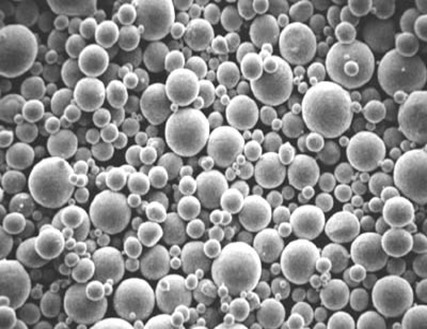3 Major Degradable Plastic Modification Technologies

At present, the price of degradable plastic resin is relatively high, and most of the degradable plastic products are ordinary daily necessities, which will seriously hinder the large-scale promotion and application of degradable plastic products. The development of cheap degradable plastic products is one of the core contents of the application of degradable plastics. Therefore, starch, calcium carbonate, talc, etc., which do not affect the degradation performance of products and can be absorbed by the environment, are used in the modification system of degradable plastics. In particular, the high proportion of filling technology has become one of the important technologies in the development of degradable plastic products.
Common modification techniques in the application process of degradable plastics include filling modification, alloying modification and copolymerization modification.
1. Filling modification
Filling modification is to add non-melting powder additives to the degradable plastic resin, mainly including starch and inorganic powder. Its main purpose is to prepare cheap special materials, and sometimes it can also improve the mechanical properties such as the strength of special materials.
A commonly used filler aid is starch. It is a common natural degradable polymer with a wide range of sources and low price. The degradation products are carbon dioxide and water, which do not pollute the environment, and it is a renewable biomass resource. The most important thing to pay attention to in this filling technology is the treatment of starch, because the compatibility of starch and degraded plastics is poor, and it is necessary to plasticize the starch so that the starch can be better combined with the plastic matrix.
Another filling aid is inorganic powders such as calcium carbonate and talc. They are all natural mineral powders, which can be absorbed by nature after returning to nature, so they will not affect the degradation performance of the entire degradable plastic system, but can effectively reduce the cost of modified materials and improve the strength of materials to a certain extent. Therefore, it is very common to use calcium carbonate and other fillers in products that do not require high mechanical properties. The filling technology should pay attention to the coupling treatment of the powder surface, which will directly affect the product performance and the amount of inorganic powder that can be added.
2. Alloying modification
Alloying modification is one of the most important technologies in the application of degradable plastic modification. Alloying material refers to a special material composed of two or more different varieties of degradable plastics by melt blending and compounding, generally containing one continuous component and other dispersed components. Some properties of the material show continuous phase properties and some properties show dispersed phase properties. Therefore, new special materials can be obtained that concentrate the advantages of several degradable plastics, which can meet the needs of more products.
3. Copolymerization modification
Copolymerization modification refers to the introduction of other structural units on the molecular chain of the polymer to change the chemical structure of the polymer and realize the modification of the material. For example, PLA is a hydrophobic polymer, which limits its application in some fields (such as drug carriers). An effective method is to use lactide to copolymerize with hydrophilic polymers (such as polyethylene glycol, polyglycolic acid, polyethylene oxide) to introduce hydrophilic groups or blocks into the PLA molecule. For example, the PLA-PEG-PLA sustained-release material is prepared by ring-opening polymerization of polyethylene glycol and lactide, which improves the hydrophilicity and degradation rate of the PLA material, and the prepared PLA-PEG-PLA can become a sustained-release material. Material of drug-loaded microspheres.
PHBV has many excellent properties such as biocompatibility and optical activity, and is widely used, but its products are hard and brittle and difficult to process. The graft modification method can be used to introduce the polar functional group polyvinylpyrrolidone (PVP) on the main chain of PHBV to synthesize the graft copolymer PHBV-g-PVP of PHBV and PVP. The crystallization rate and crystallinity of the copolymer decreased, the hydrophilicity of the membrane increased, and the sustained drug release rate increased.
